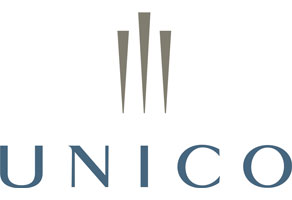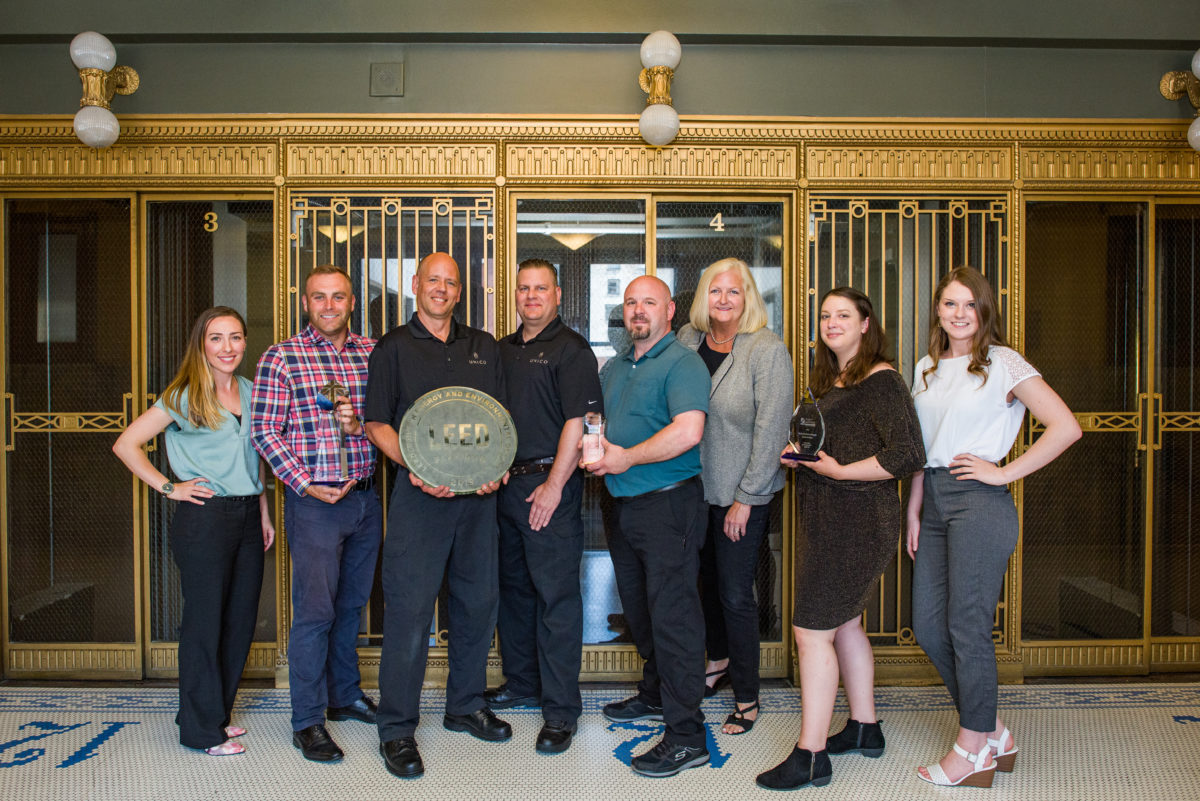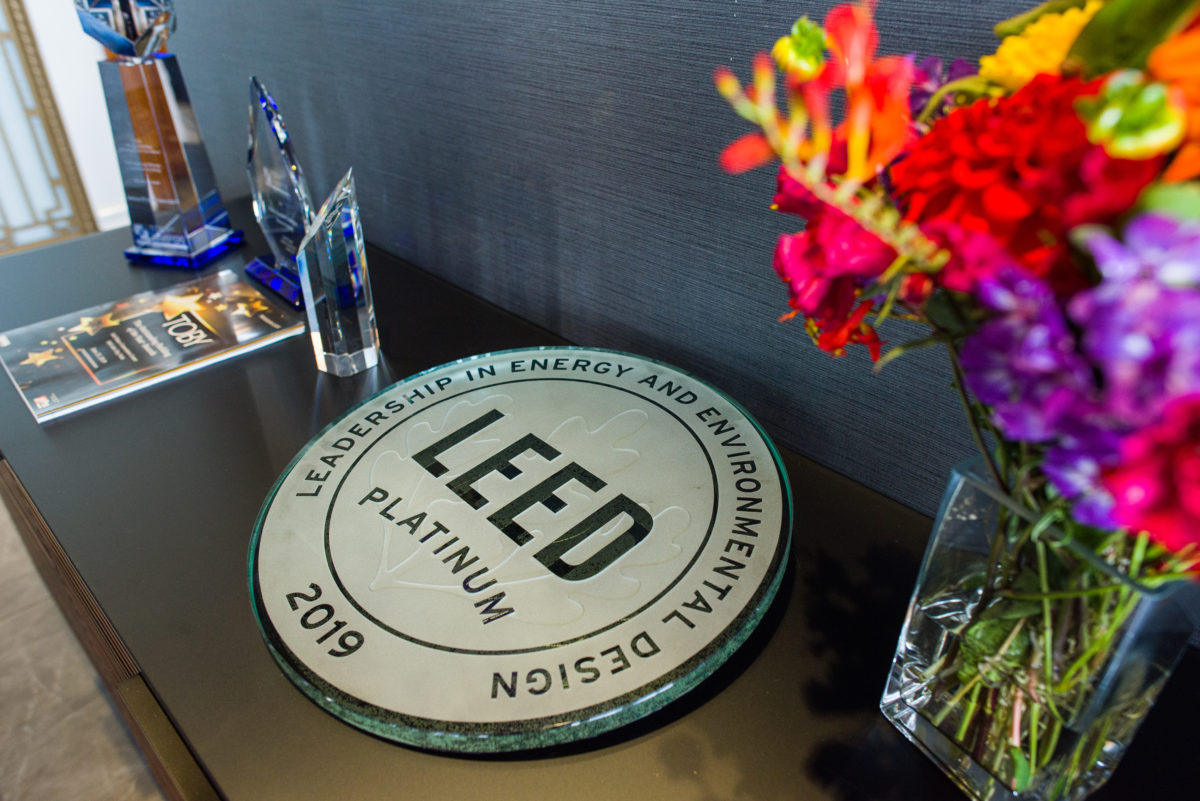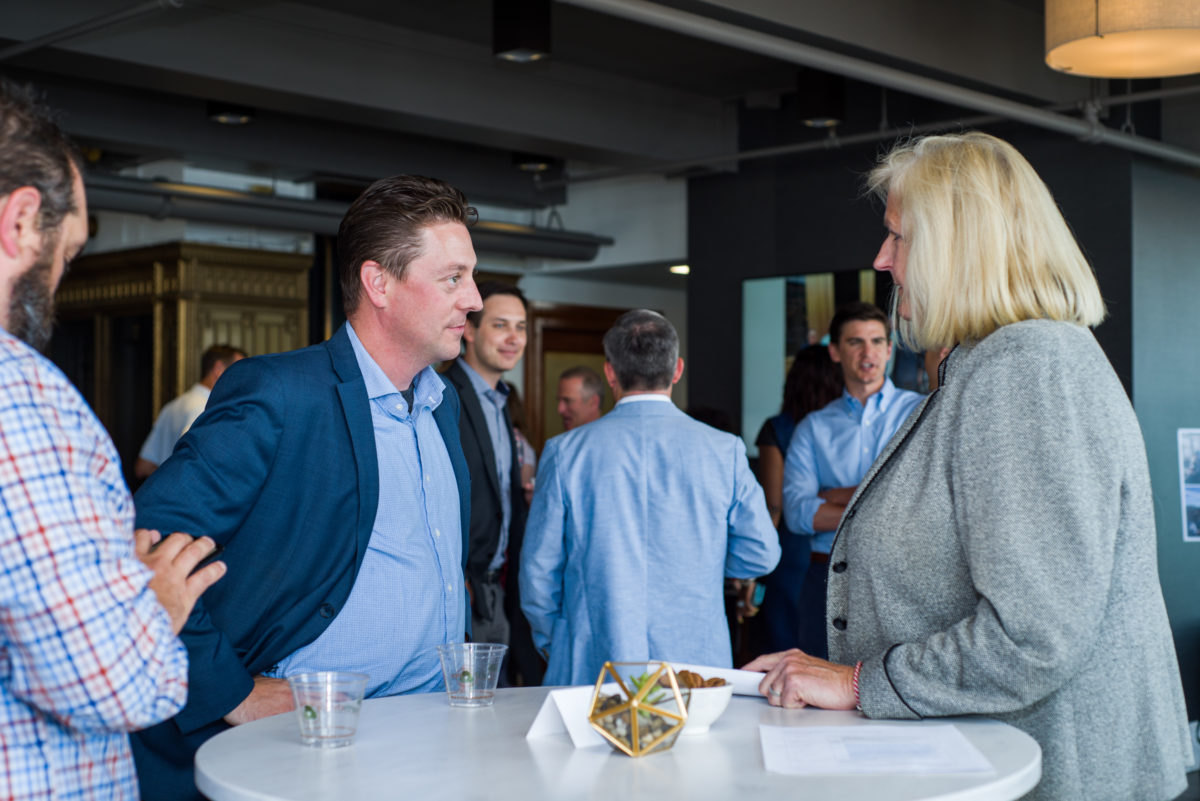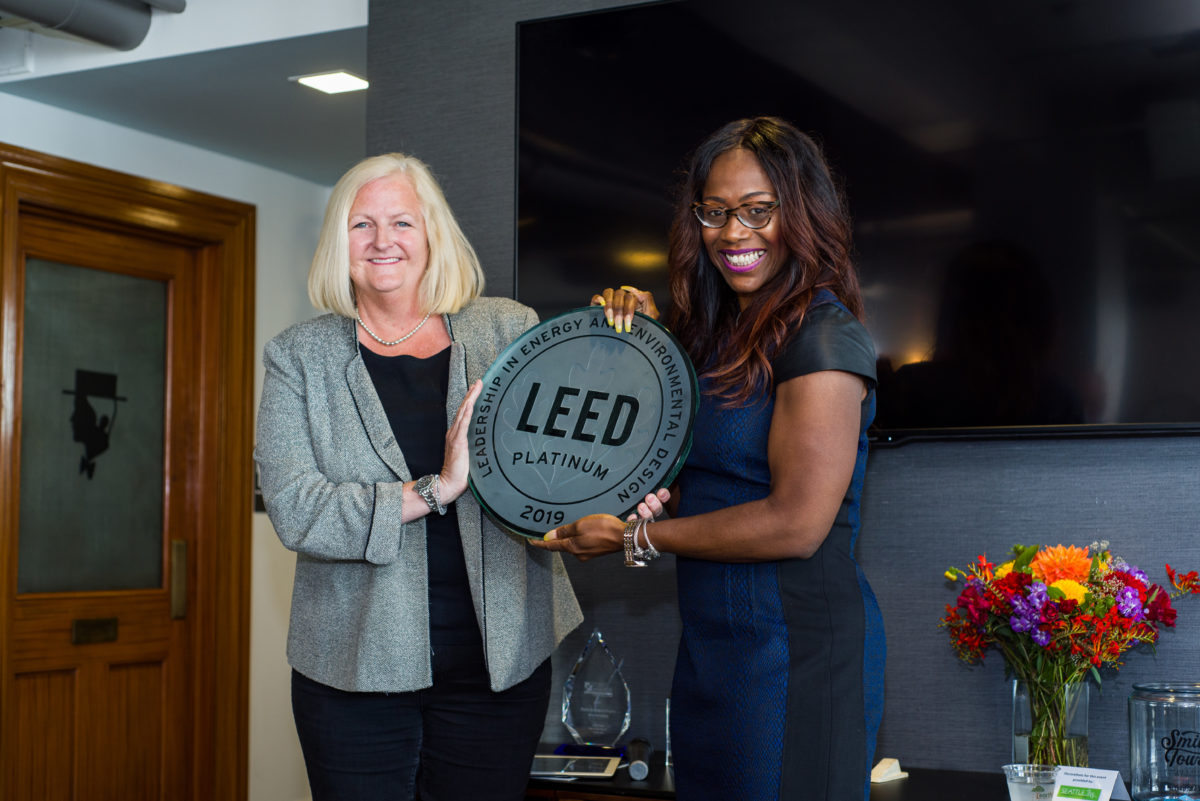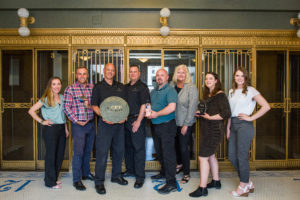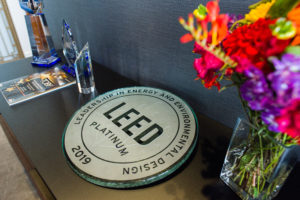Is it possible to make a 105-year-old landmark into a highly sustainable building? This is the challenge that Unico Properties undertook at Smith Tower, Seattle’s oldest skyscraper and a beloved fixture on the city’s skyline.
by Lexy Relph
The 42-story office building, in the heart of Seattle’s Pioneer Square neighborhood, dates from 1914 and was the tallest building on the west coast for almost 50 years. Over the past century, Smith Tower has seen changes in occupancy, ownership, technology and building systems, all of which impacted its operational efficiency.

After acquiring the property in 2015, the Unico team made a commitment to make this iconic building as sustainable as possible, and through a combination of system upgrades, equipment replacements, process optimization and tenant partnership, achieved LEED Gold for Existing Buildings within just a few years, while using the Arc performance platform.
For the property team, though, LEED Gold was not enough—and in April 2019, Smith Tower attained LEED Platinum certification for Existing Buildings. This remarkable accomplishment was celebrated in July with a LEED plaque ceremony at Smith Tower, presented in person by USGBC’s Kimberly Lewis, senior vice president of market transformation and development, to an audience of Unico team members, as well as tenants and partners.
As Lewis noted, “Buildings are like people in many ways. Both can perform at their peak when attention is paid to their performance every day. It’s this level of attention to thousands of little details that makes Smith Tower a shining example of sustainable design and construction.”
Smith Tower’s sustainability achievements are, in fact, the result of many small elements, rather than a single large-scale systems installation. The HVAC systems have been augmented and adapted in a variety of ways over the past 100 years, and it took forensic analysis to untangle the layers of fixes and changes, identify what was working well and what needed to be optimized.
Therefore, retro-commissioning was a critical component in ensuring that the building could operate efficiently, through identifying opportunities to improve performance across all systems, including as much “low-hanging fruit” as possible.
Particular care has to be taken when implementing any updates at Smith Tower, because the look and feel of the era of construction must be maintained. Updated fixtures need to fit in aesthetically, and HVAC work has to be hidden or camouflaged.
Due to the scale and cost of the recommended controls upgrades, some will be implemented over a period of several years. Plumbing continues to be an ongoing challenge, as improvements are limited by existing pipes and water pressure, and we will continue to evaluate potential opportunities for improvement.
At Unico, we understand that buildings leave lasting legacies for communities. Smith Tower’s sustainable achievements are a perfect fit with our company’s commitment to operating high-performance green buildings.
Originally published by the U.S. Green Building Council.
